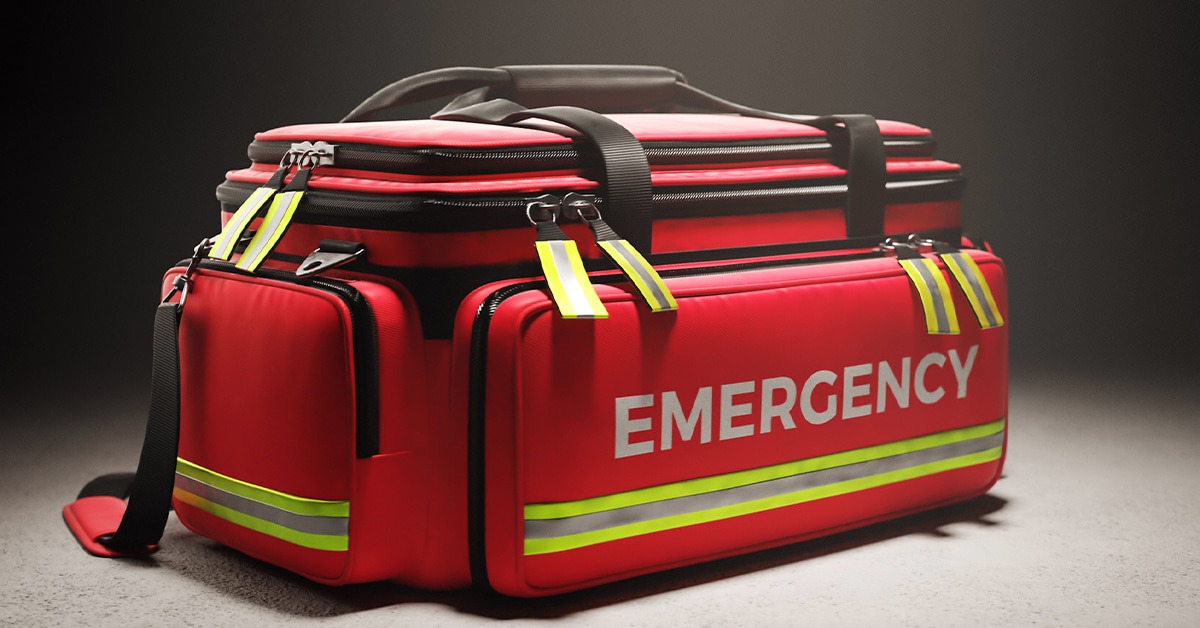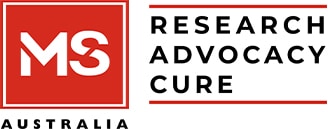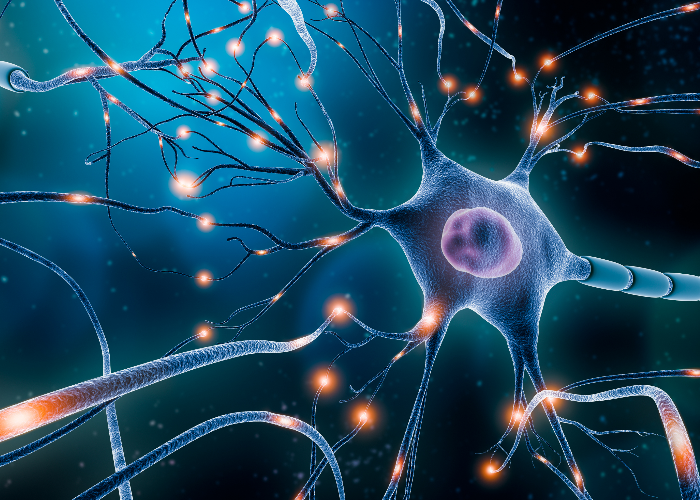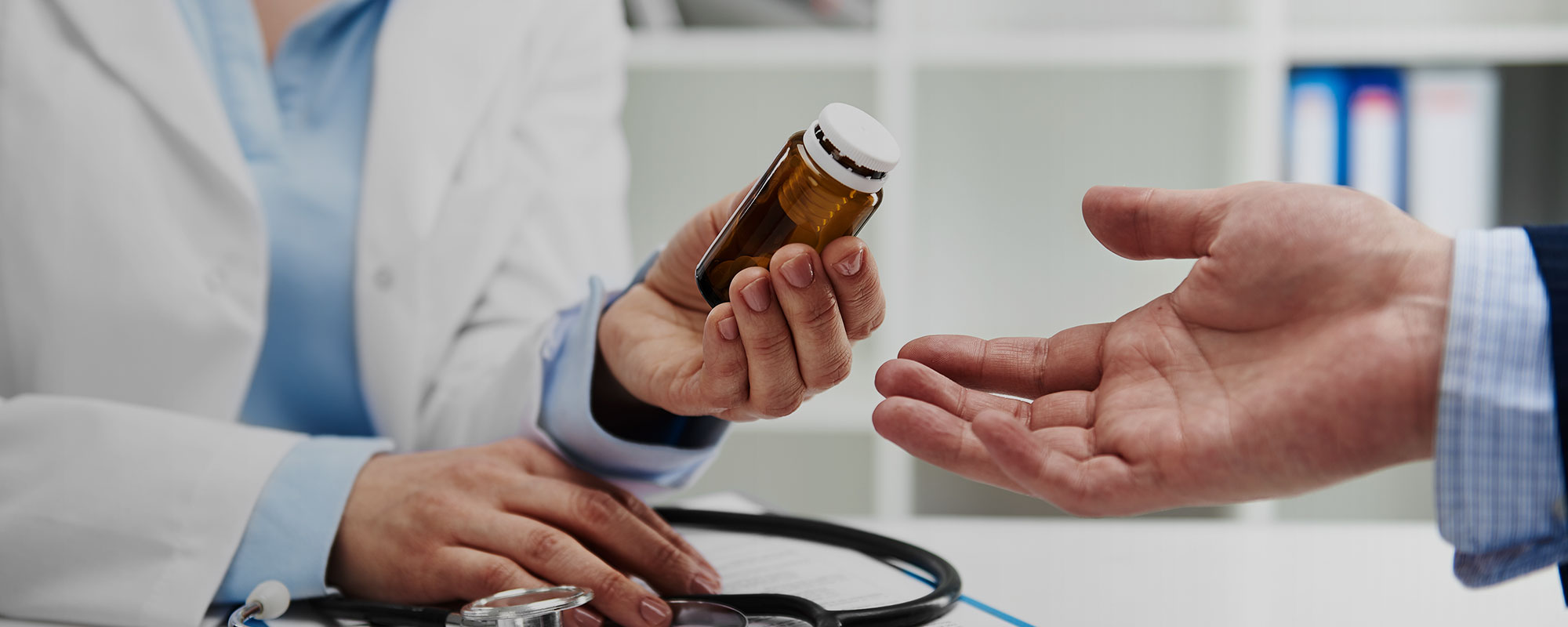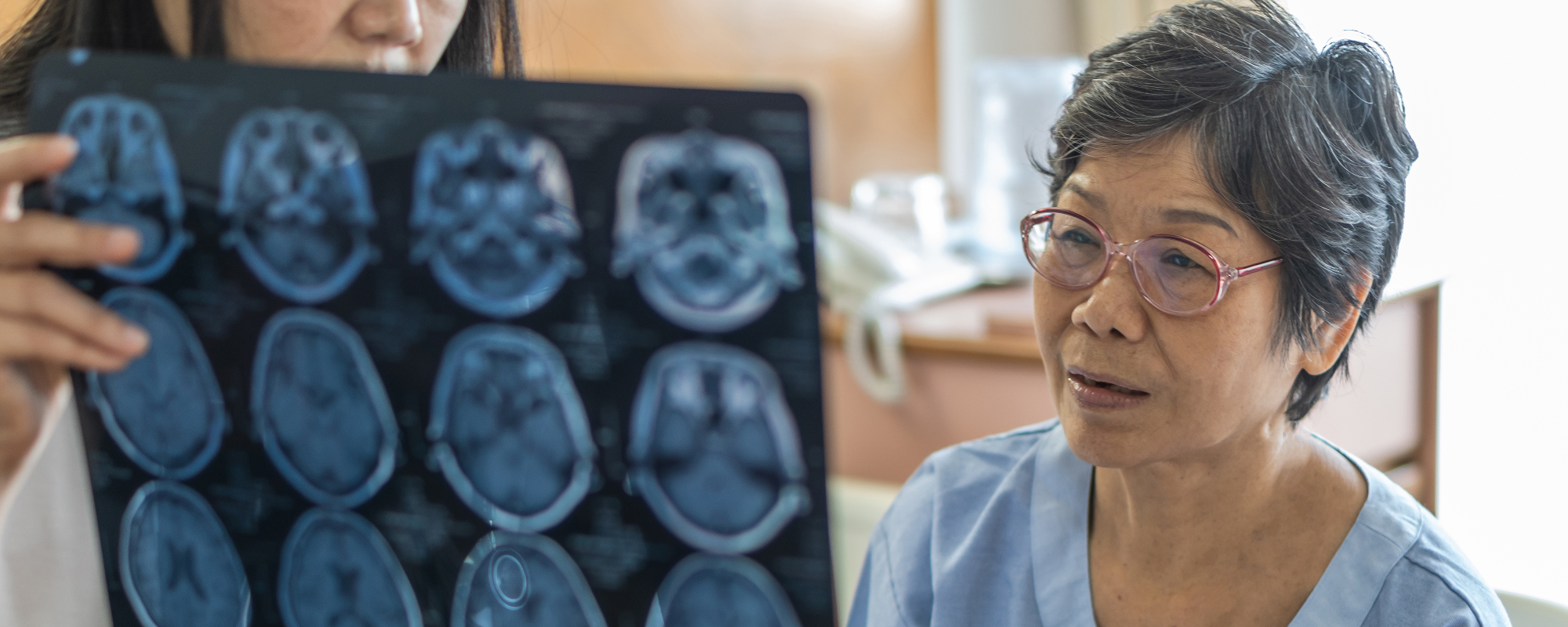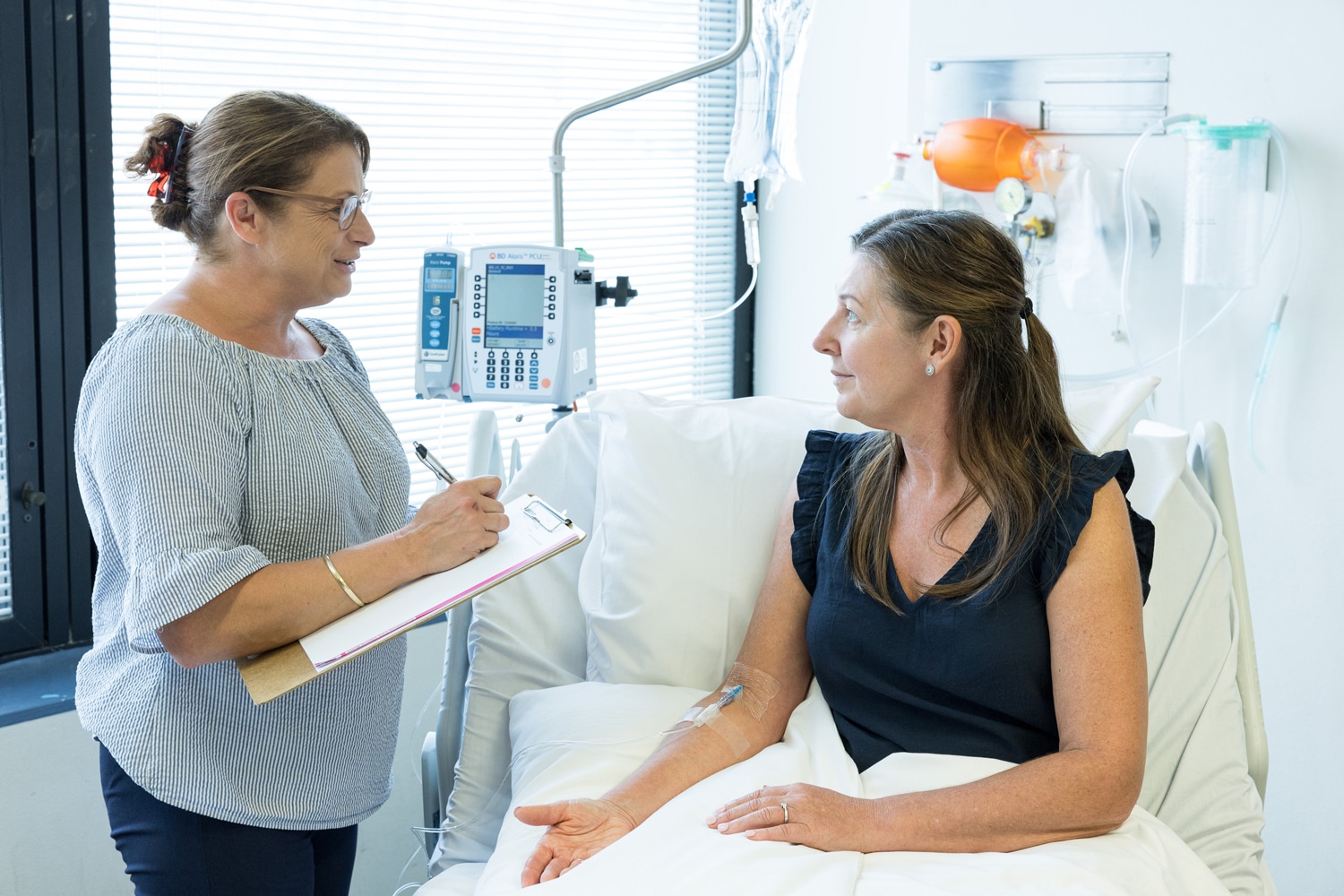| Australian National Imaging Facility (NIF) |
National |
The NIF has established a national network of institutions that provides state of the art imaging of humans, animals, plants and materials for the Australian research community. The NIF has node institutions providing a range of services in NSW, QLD, SA, VIC, WA. |
Services available to Australian researchers at a cost, via each NIF node. |
| University of Sydney – Australian Nuclear Science and Technology Organisation – Brain and Mind Centre |
New South Wales |
Facilities across the node include biomodelling laboratory, 3T whole body MRI, pharmacology biodistribution laboratory, radiochemistry hotcells, radiolabelling facility, medicinal chemistry laboratory, beta microprobe, Inveon PET/CT/SPECT, microSPECT, microPET, cyclotron. NSW node of the NIF. |
Services available to Australian researchers at a cost. |
| Research Imaging NSW (UNSW Human Imaging Research Facility) |
New South Wales |
We have two 3T MRI systems and are integrated in the Prince of Wales Hospital. We have access to clinical services (radiologist, radiographer, nurses), capability to scan patients, administer contrast, drugs, medical gases etc. We can run clinical research studies and clinical trials (e.g. phase I pharma-sponsored trials). |
Services available to Australian researchers at a cost. |
| Biological Resources Imaging Laboratory (BRIL) |
New South Wales |
BRIL offers researchers a wide range of preclinical imaging capabilities to allow high-resolution imaging of live animals, clinical samples, fixed specimens and materials. BRIL houses clinically relevant technologies such as MRI, PET-CT and ultrasound provide maximal clinical relevance, allowing quick bench-to-bedside technology transfer. |
Services available to Australian researchers at a cost. |
| Neura Imaging |
New South Wales |
NeuRA Imaging is located within Neuroscience Research Australia in Randwick, Sydney, and has two 3T MRI scanners available for researchers. |
Services available to Australian researchers at a cost. |
| University of Western Sydney, Biomedical Magnetic Resonance Facility |
New South Wales |
Facilities include 11.7T MRI. NSW node of the NIF. |
Services available to Australian researchers at a cost. |
| Centre for Advanced Imaging – University of QLD |
Queensland |
Facilities include 1.5T MRI, 3T MRI, 7T MRI, ultrasound, NMR spectroscopy, MR microimaging, solid state NMR, PET/SPECT/CT, preclinical 9.4T and 16.4T MRI, cyclotron and radiochemistry, EPR spectroscopy. QLD node of the NIF. |
Services available to Australian researchers at a cost. |
| Large Animal Research & Imaging Facility – South Australian Health and Medical Research Institute |
South Australia |
Facilities include C-Arm imaging intensifier, DEXA scanner, large animal CT, large animal 1.5T MRI. SA node of the NIF. |
Services available to Australian researchers at a cost. |
| Florey Institute for Neuroscience and Mental Health, Imaging Facility |
Victoria |
Facilities include human 3T MRI and preclinical 4.7T MRI. VIC node of the NIF. |
Services available to Australian researchers at a cost. |
| Monash University – Biomedical Imaging Facility |
Victoria |
Facilities include preclinical FLECT/CT, PET/CT/SPECT, 9.4T MRI, human 3T MRI. VIC node of the NIF. |
Services available to Australian researchers at a cost. |
| Swinburne University of Technology – Brain and Psychological Sciences Research Centre |
Victoria |
Facilities include human 3T MRI and human MEG, EEG, TMS, eye movement tracking. VIC node of the NIF. |
Services available to Australian researchers at a cost. |
| University of Melbourne – Melbourne Brain Centre Imaging Unit |
Victoria |
Facilities include human PET/CT and 7T MRI. VIC node of the NIF. |
Services available to Australian researchers at a cost. |
| University of Western Australia – Centre for Microscopy, Characterisation & Analysis |
Western Australia |
Facilities include Maestro Cri fluorescence, microCT, preclinical 9.4T MRI. WA node of the NIF. |
Services available to Australian researchers at a cost. |
| Herston Imaging Research Facility |
Queensland |
Facility due to open in 2015. Equipment includes human 3T MRI, MRI/PET, PET/CT. |
Services available to Australian researchers at a cost. |
| Garvan Institute Animal Imaging Facility |
New South Wales |
Facilities include small animal CT, fluorescent and bioluminescent imaging as well as two intravital microscopes. |
Services available to Australian researchers at a cost. |
| Sydney Imaging Core Research Facility, University of Sydney |
New South Wales |
Facilities include C-Arm (Artis Pheno) imaging intensifier, ultrasound, large animal CT, preclinical 3T and 7TMRI, MR/PET, microCT, PET/CT, optical imaging, EchoMRI, Vevo2100. Clinical facilities to open late 2018 |
Services available to all Australian researchers at a cost. |
| Hunter Medical Research Institute Imaging Centre |
New South Wales |
The HMRI Imaging Centre houses a Siemens MAGNETOM Prisma 3T scanner, as well as spectroscopy, EEG, and Agilent 400MHz NMR pathology magnet. |
Services available to all Australian researchers at a cost. |
